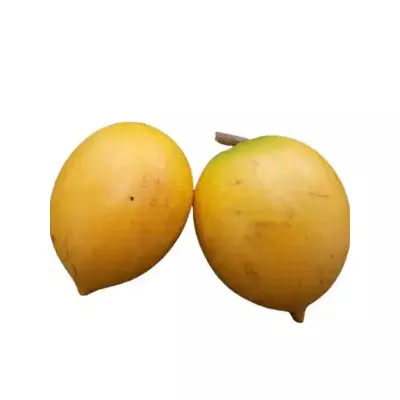



Abiu is native to Latin America, but grows very well in most parts of India. It has a bright yellow colour outside, but the pulp inside is white. Its taste vary slightly with the variety planted, however it may be from a caramel flavor to that of a tender coconut.

Pay using UPI, Card or Netbanking

Shipping within 3 working days
Though considered a rare fruit plant in India, Abiu has become a more common tropical fruit in India. It is native to the South American Amazon region. It loves in full sun but can manage in light shades too.
The fruiting season of Abiu is usually January/February; though, in India it is usually October through January.
Abiu does well in hot and humid climates. It needs well-drained soil with slightly acidic to neutral pH. Once established, it is drought tolerant to some extent. However, ensure an adequate water supply at the time of fruiting.
Seedlings are generally used as the planting material. They are self-pollinated and do not require separate male and female plants, as the same plant produces them.
In the case of seedlings, fruiting starts in two to three years. Air-layering or graft plants may reduce this to one or two years. However, this period may be extended when the climatic conditions are less conducive.
Abiu responds well to pruning. Hence may be kept to manageable heights, say 10-12 feet. Accordingly, the spacing between plants may be from 12-15 feet, depending on the size one wishes to maintain. The canopy develops conically and may be kept round through pruning. Abiu can also be grown in large containers.
The Abiu is one of the best edible fruits in the Sapotaceae family. It has a sweet caramel flavour. They are delicious and beautiful to see with their bright yellow colour. The usual weight of the fruit is 250 to 400 gm. It contains a lot of calcium, phosphorus, vitamin A, and vitamin C. Abiu pulp is also used to flavour ice cream and to make a light breakfast with yoghurt.
The immature fruit has latex, but in matured fruit, it is seen only on the peel.
Data sheet